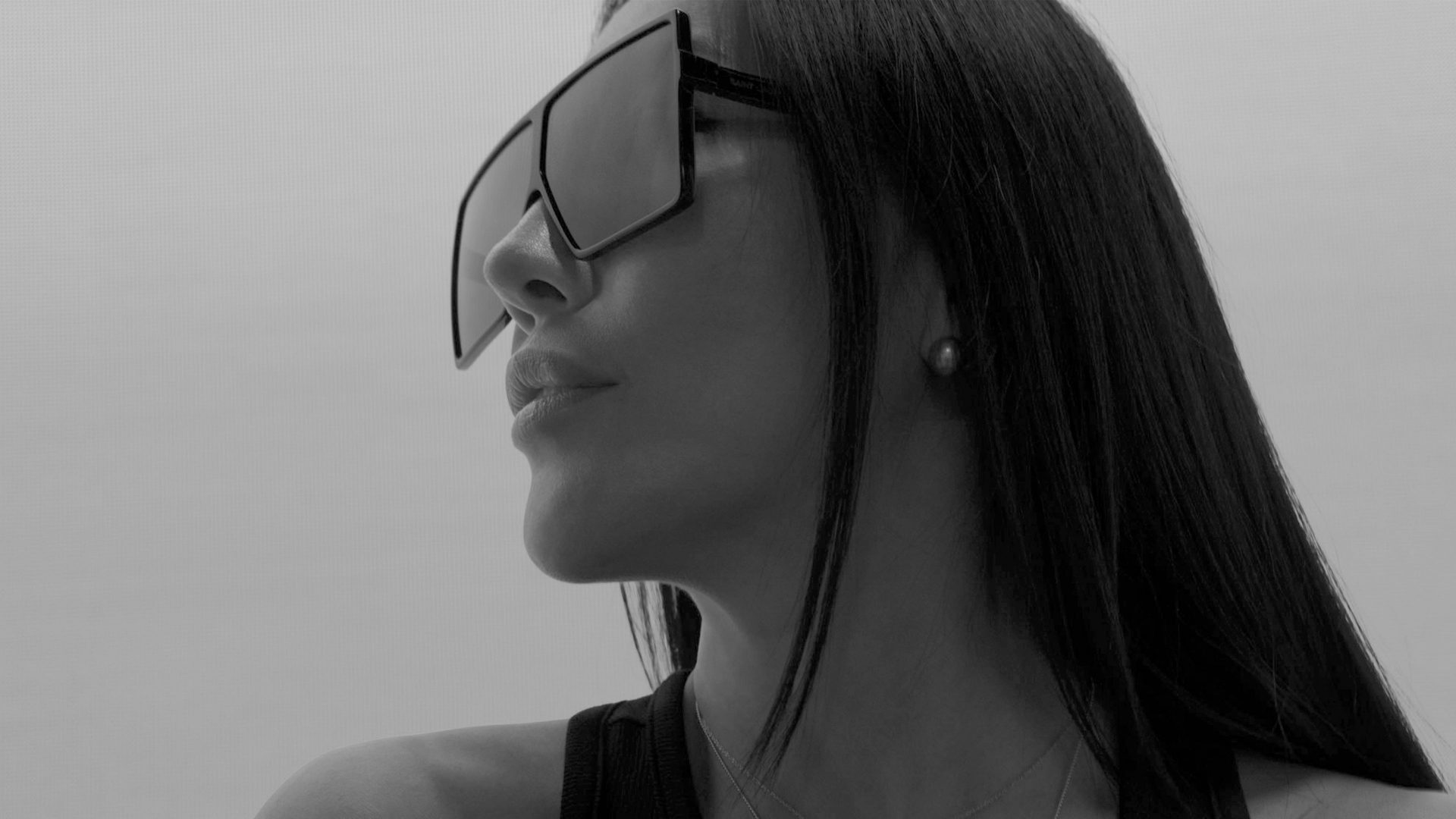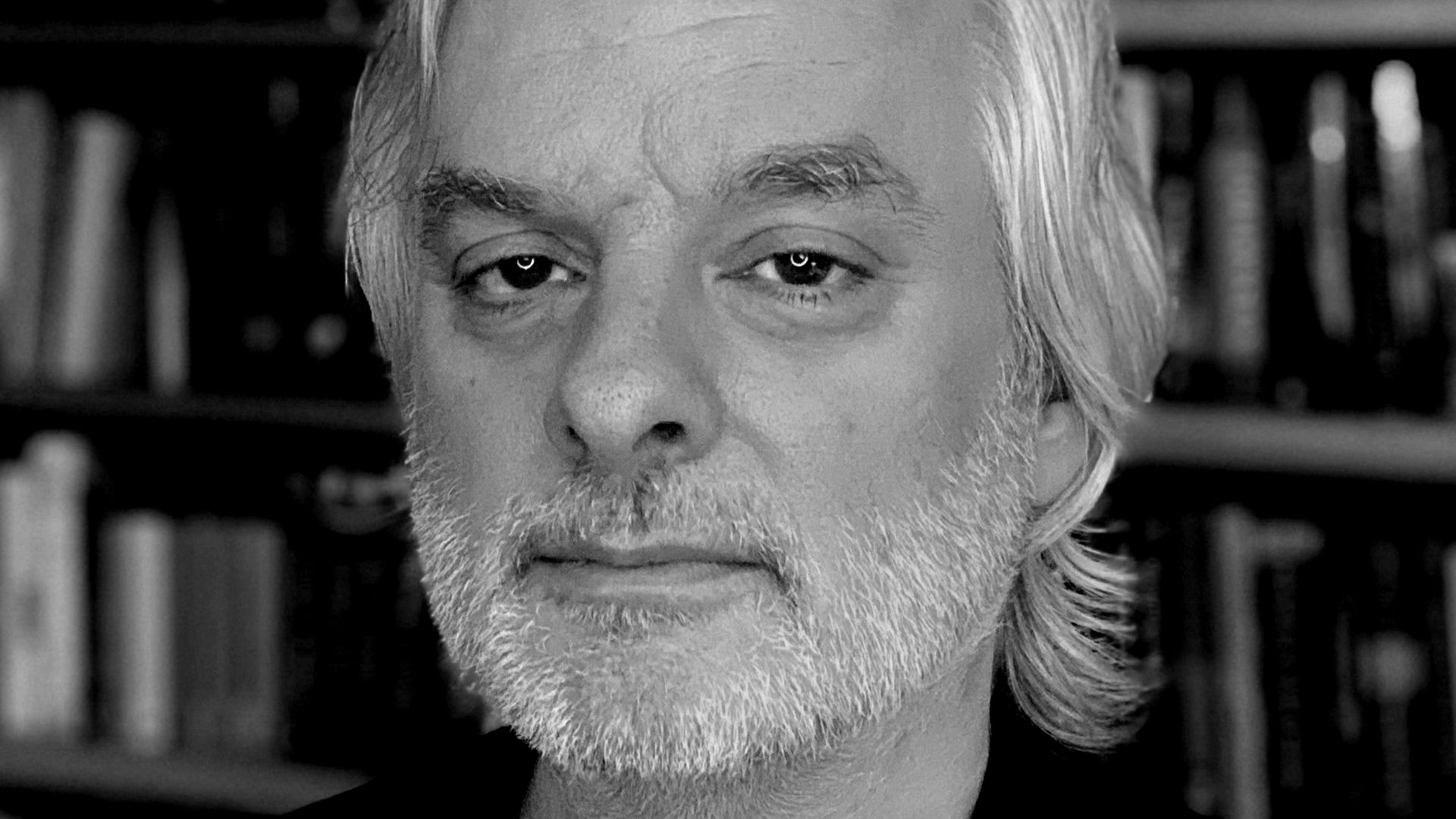Art has the power to shape our reality. The metaverse, driven by interactive virtual experiences, shows us visions of what might be possible in the future.
For many years, I have observed how Web2 – our current digital world of user-generated content – makes people feel bad. I was one of those people. The effects of social media – with its influencer narcissism, surveillance capitalism, addiction to “likes” and echo chambers of information — were negatively affecting my mental health. People are products in Web2, and as an artist, I was motivated to find ways to establish meaningful human connections, for myself and for others.
The garden at the Ryōan-ji Temple in Kyoto was one of my main inspirations. This garden is special because its design reflects the principles of Zen Buddhism. Every aspect of the garden, from the placement of the stones to the arrangement of the plants, was carefully planned to create a space that encourages peaceful contemplation. Here, I realised how art and our environment affect our mental state, and I discovered my ethos: to use new media to create mindful experiences in virtual worlds.
I started creating digital art and founded the Techism movement, which calls for collaboration between groups like artists, architects and engineers, to ensure that principles of empathy, humanity and rational free thought thrive in our future reality. By working together, we can make sure that technology benefits humanity instead of harming it.
An example of this type of technology is blockchain, a system in which we don’t need to depend on a third-party institution for it to work. Blockchain enables us to own our data and protect our sovereignty. Non-fungible tokens on blockchain, or NFTs, are a permanent and transparent public record of all transactions. I knew this technology would empower me as a creator and uplift others. This is Web3, and it is our new reality.
Non-fungible tokens will be the digital assets that help shape the metaverse. This is a significant paradigm shift, and artists must take the lead. And what better way to lay the foundational groundwork for our future than to build a virtual house?
I created the Mars House, a metaverse property, during the height of the Covid-19 lockdowns in 2020. It was built with the 3D-creation tool Unreal Engine, which allows stunning visuals and virtual reality immersion. The Mars House was the first metaverse property sold as an NFT, and it helped introduce the public to Web3 and the metaverse. Art on Internet bought the Mars House for 288 Ether, a cryptocurrency amount worth $512,000 when the house was sold in March 2021.
The Mars House shows the world how we can use the metaverse to create healing spaces. Its design showcases my meditative video art on LED ceilings and floors, creating a calming and relaxing environment akin to the Ryōan-ji Temple Garden in Kyoto.
Love and human consciousness transcend space in the metaverse. Thanks to it, I met my partner, Peter Martin, a pioneering immersive director. Peter reached out to me on Instagram after he watched a webcast I gave about the metaverse. We set up our first virtual reality meeting in the Mars House on the Spatial platform in May 2021. One hour became three-and-a-half, and we reluctantly ended our lively conversation only after our VR headsets ran out of power. We felt a strong mutual connection in the Mars House, and the magically serene setting enhanced our time together. Mysteriously, everything felt real.
Peter and I will soon launch 0, a metaverse production studio and platform, in partnership with Spatial. We are focused on establishing a human-centred, creative metaverse committed to the highest level of artistic world-building. We believe that fine art, human consciousness and cultural capital are essential components for successful metaverse ecosystems. Art, education, health and wellness, tourism and relationships will thrive in our metaverse. The principles of Techism can help guide the evolution of this new frontier.
Within the next five to 10 years, we will have high-fidelity graphics, lifelike personal avatars and creative digital fashion, with immersive experiences nearly indistinguishable from real life. Once Apple’s augmented reality glasses and Mojo’s AR contact lenses reach mass adoption, the world will change even more.
We are helping to create a Web3 civilisation, and we must understand the significance of this responsibility for future generations. The metaverse will change how we live in the real world. It will encourage us to create new ways of interacting that are more in harmony with the environment and one another.
Don’t be afraid to enter the metaverse and explore a new immersive reality. You never know what relationships will form or what worlds you will discover.
Krista Kim is a digital artist, creator of the Mars House and founder of the Techism movement © The New York Times Company and Krista Kim



